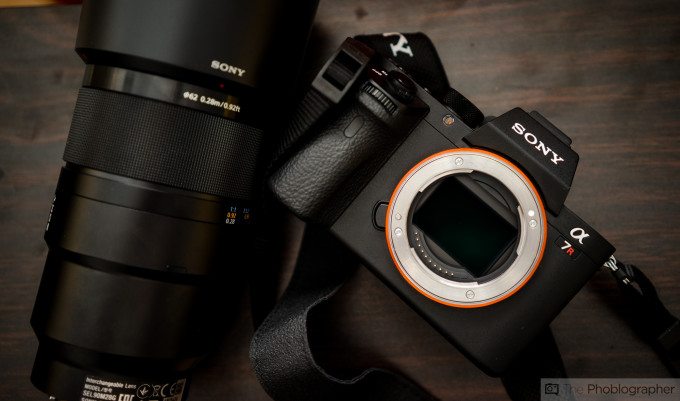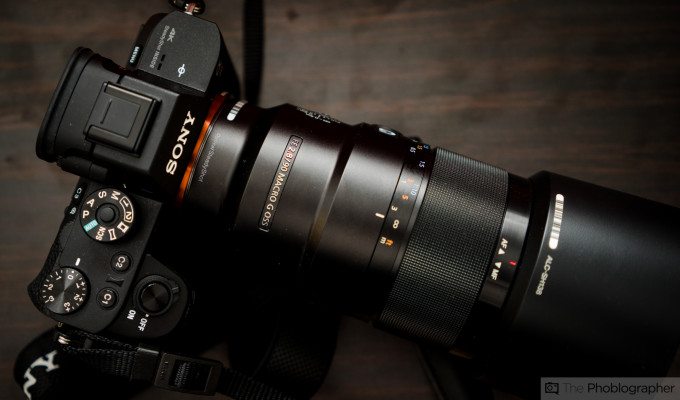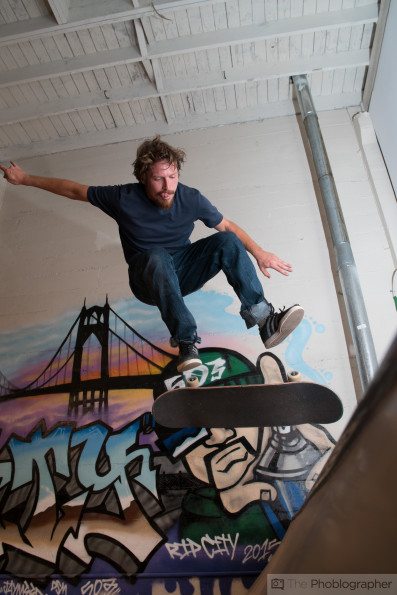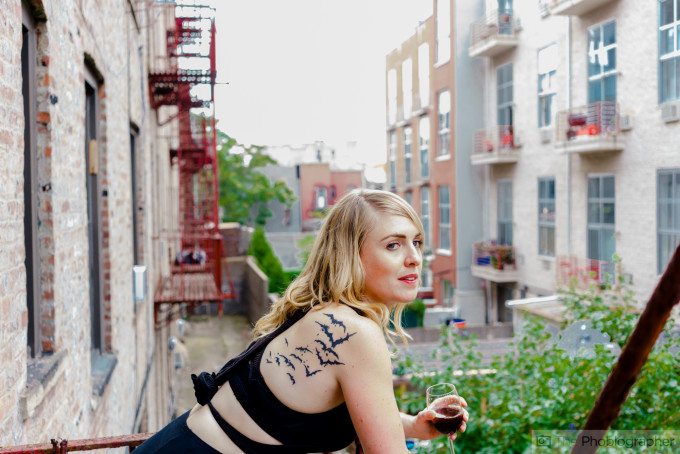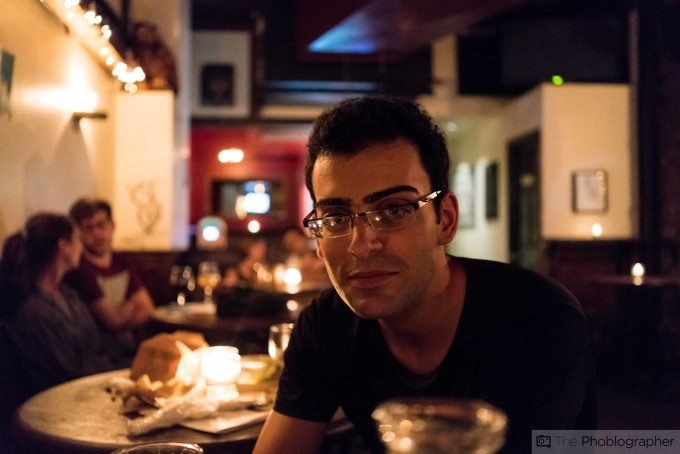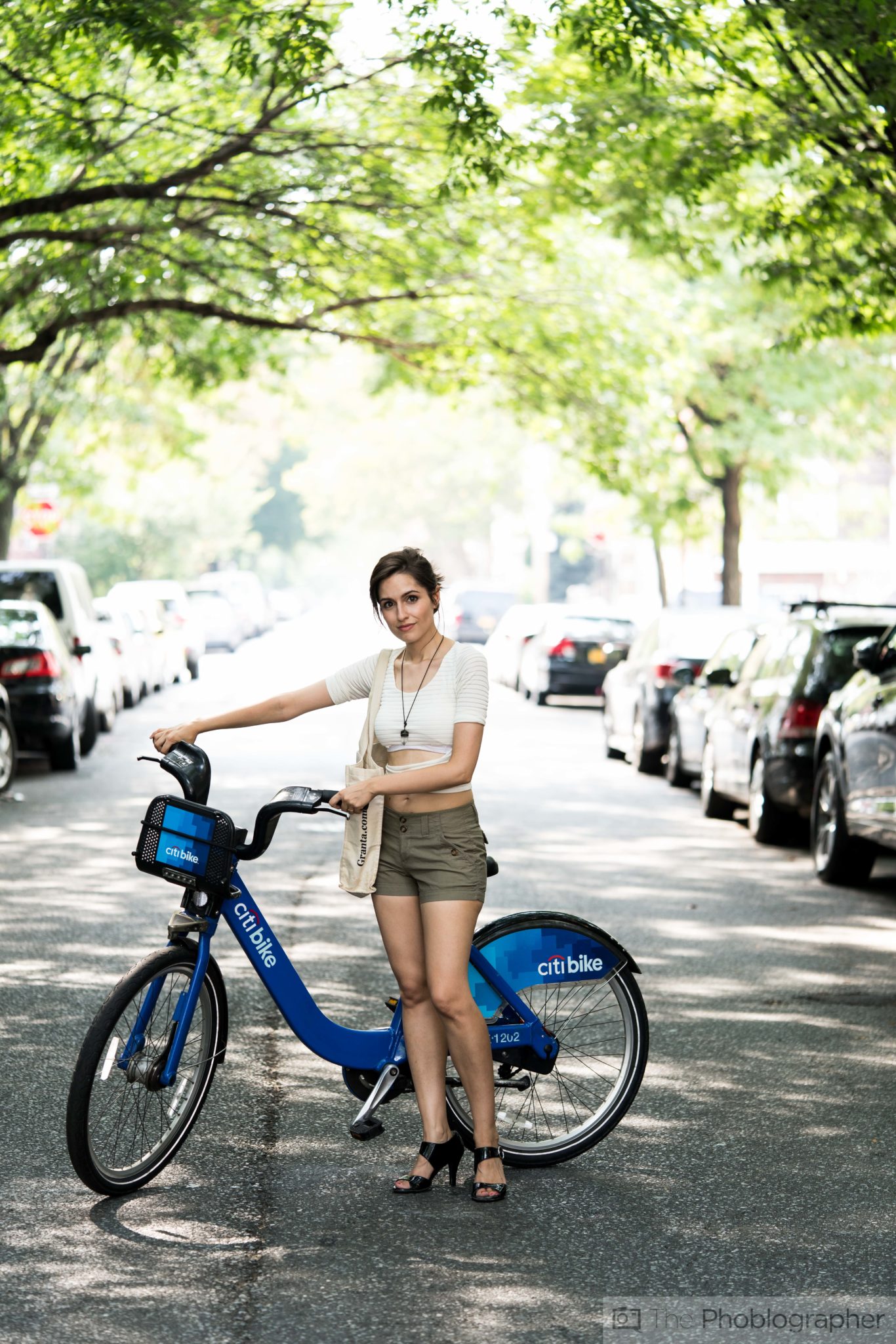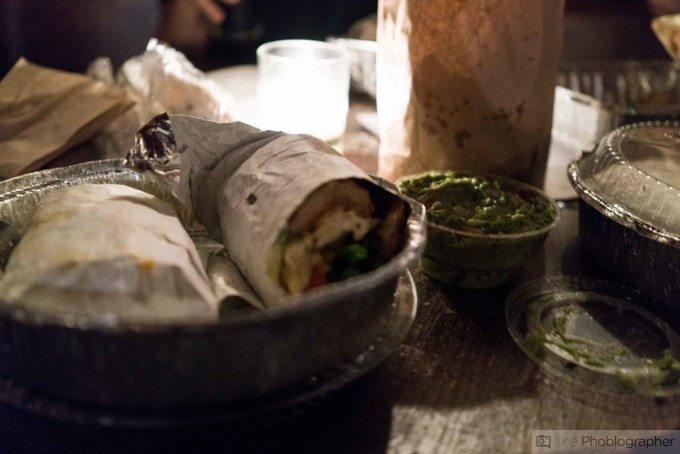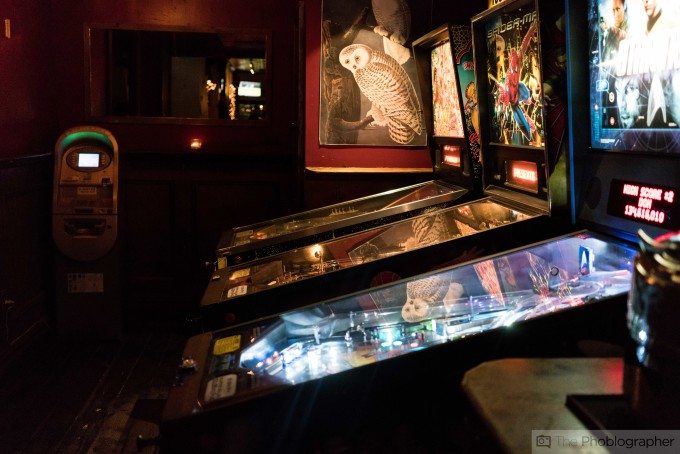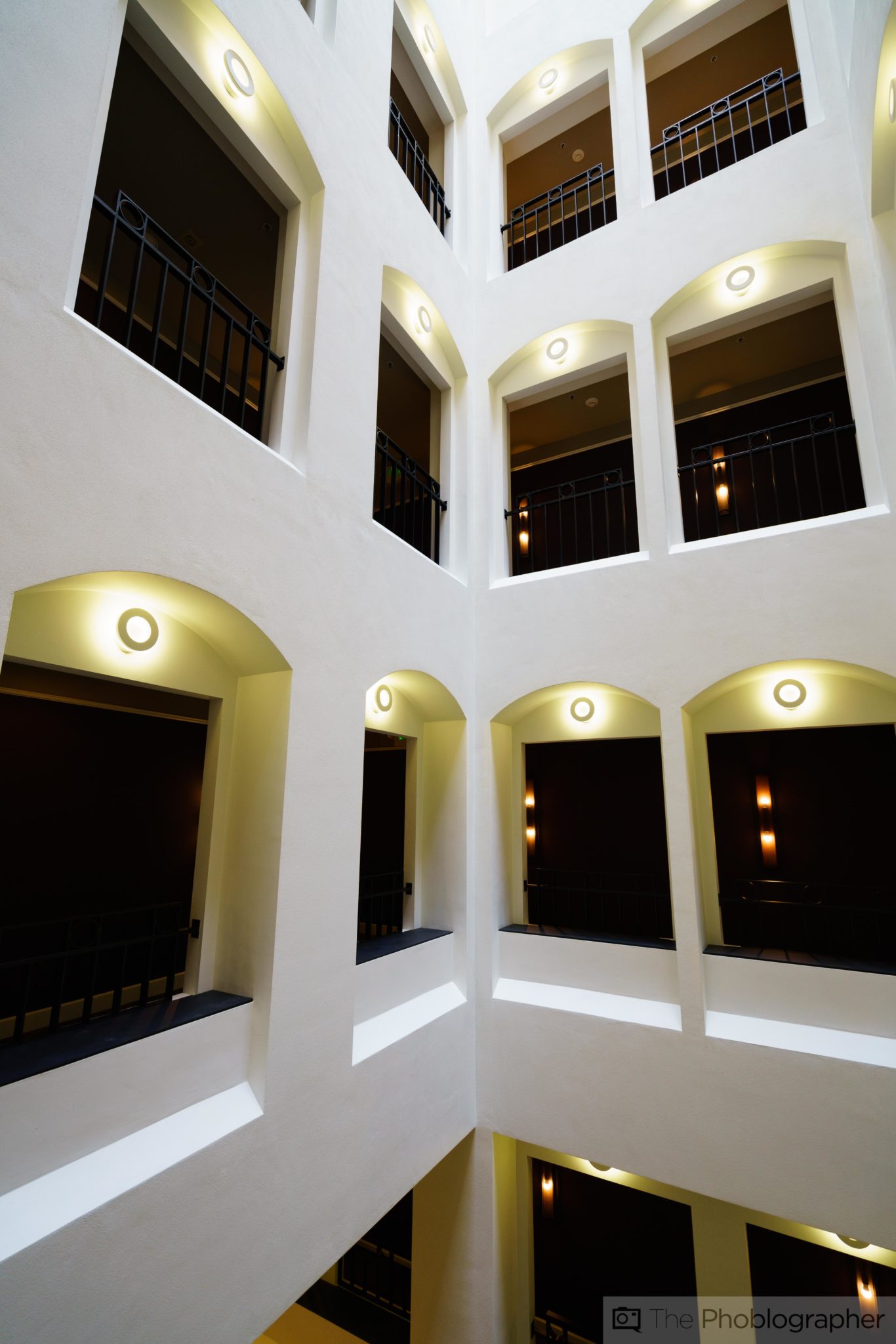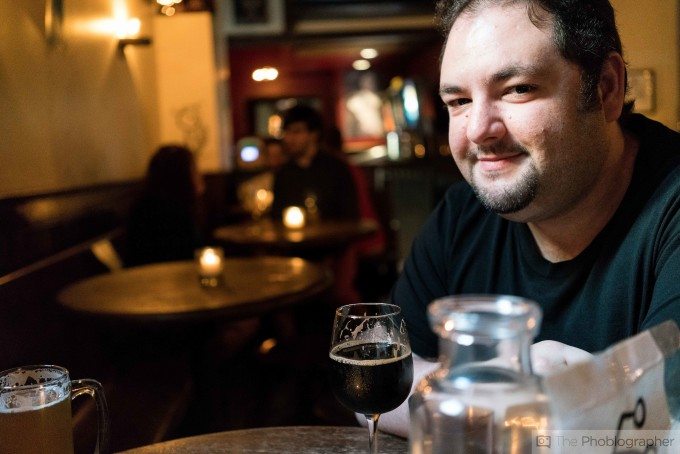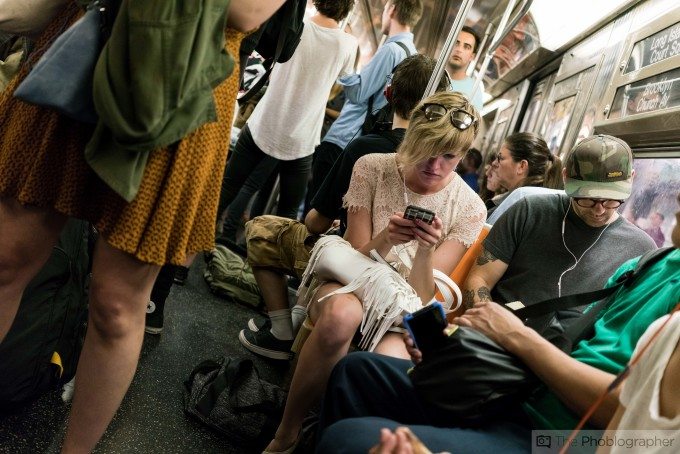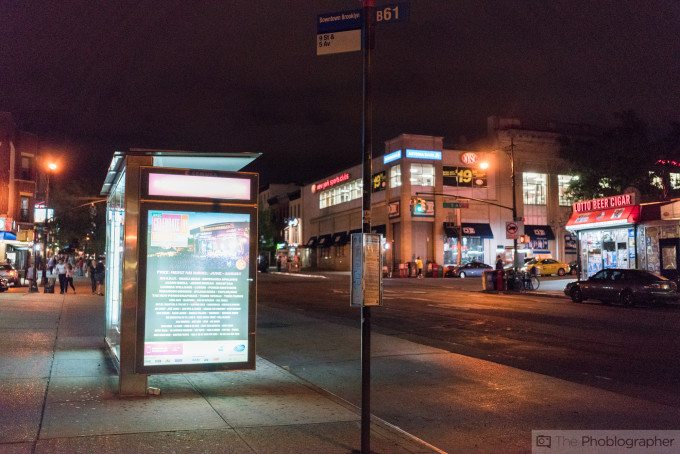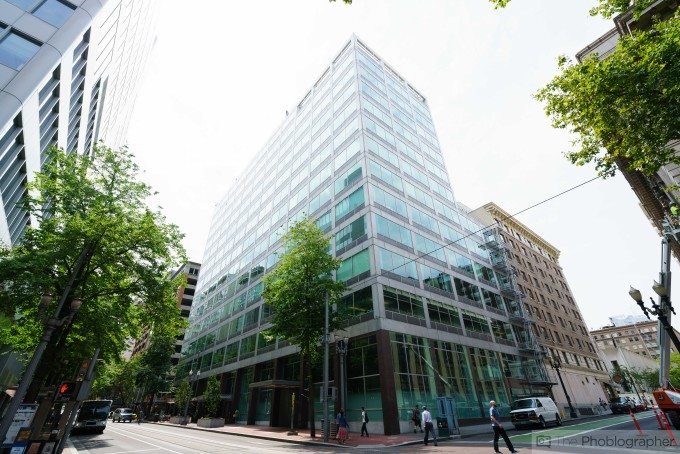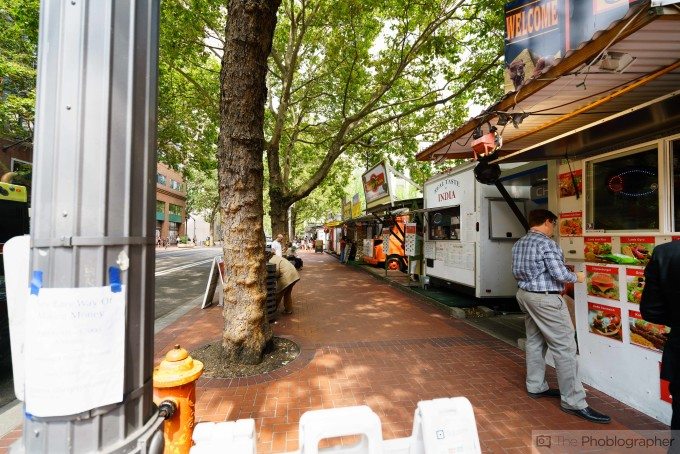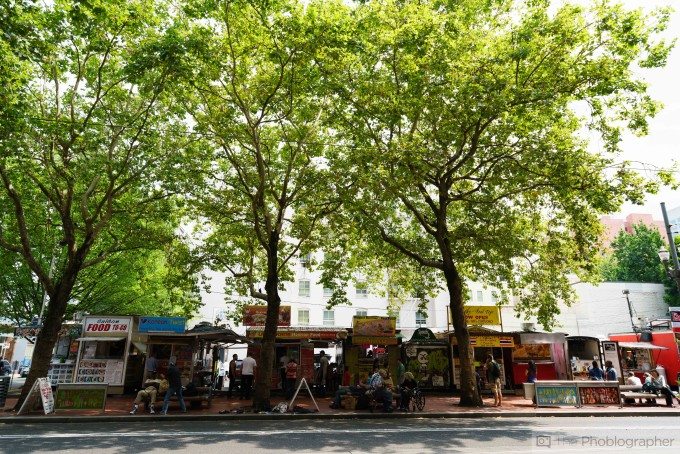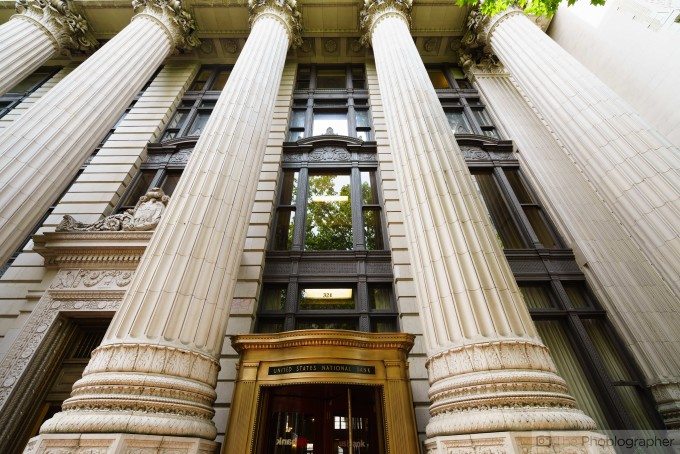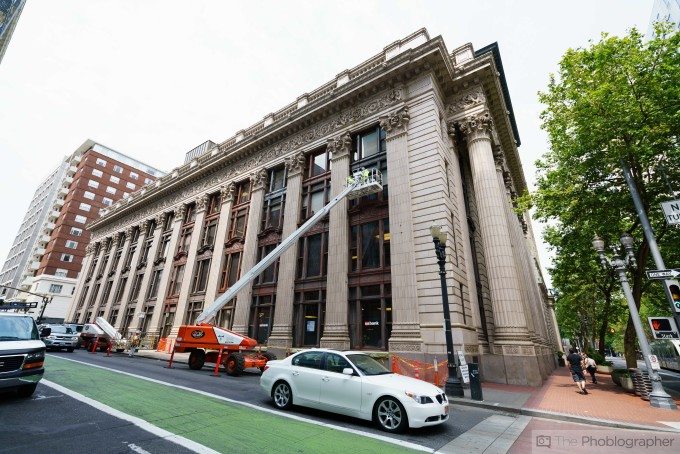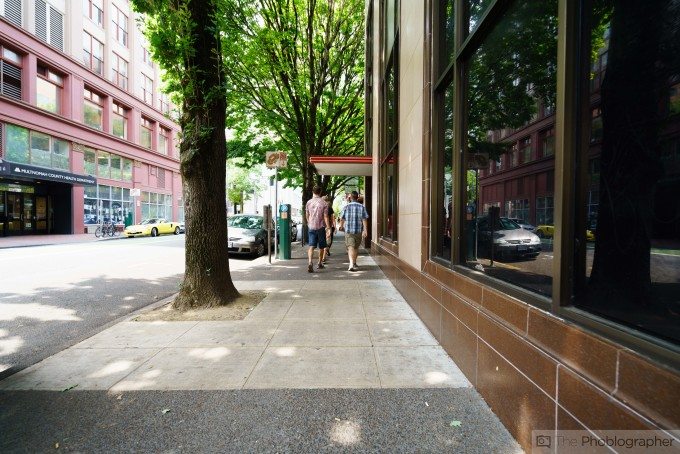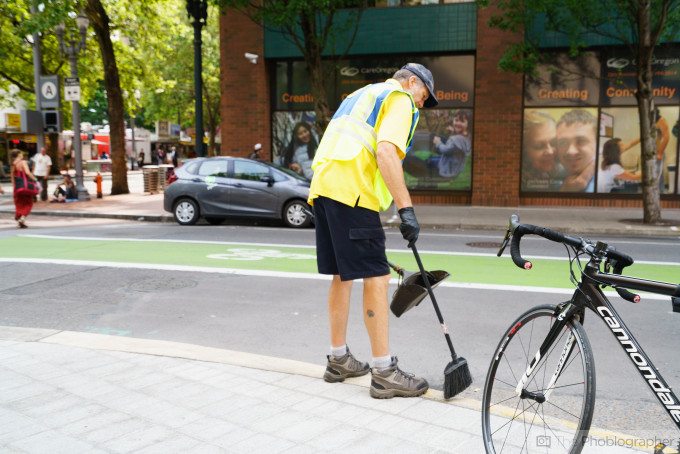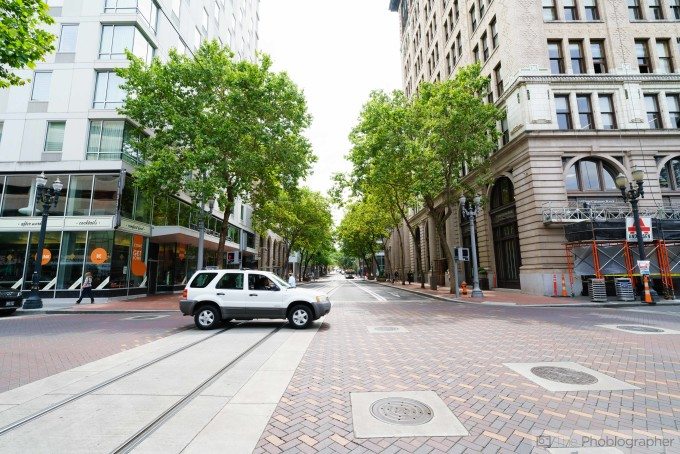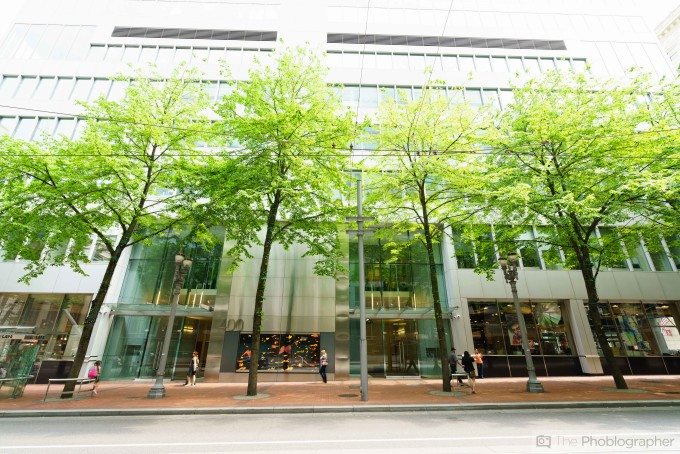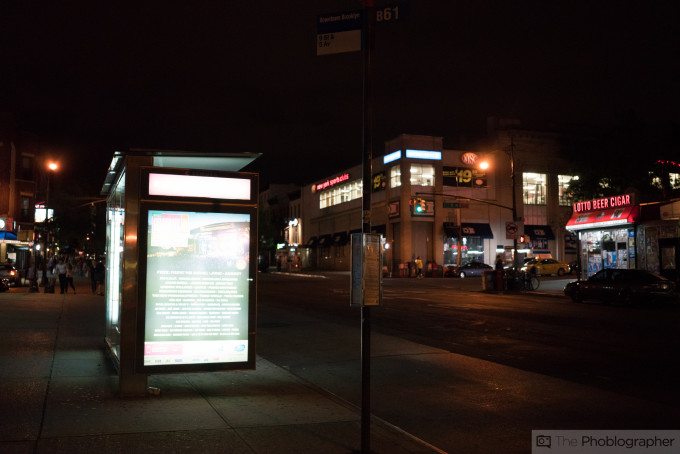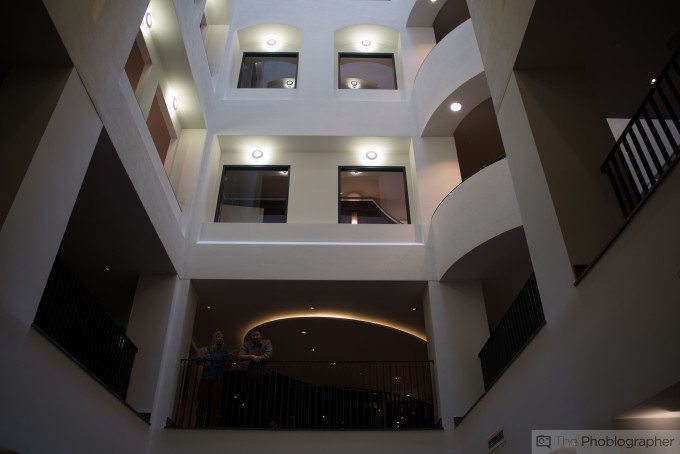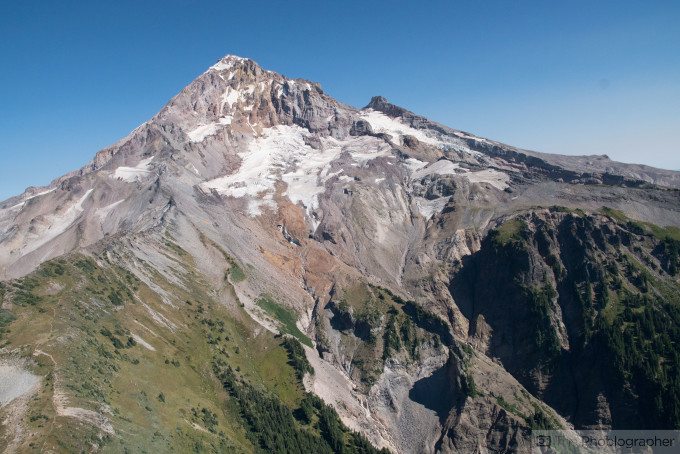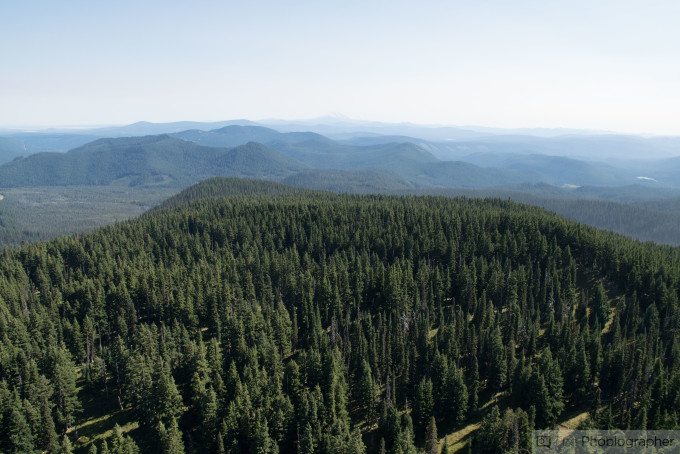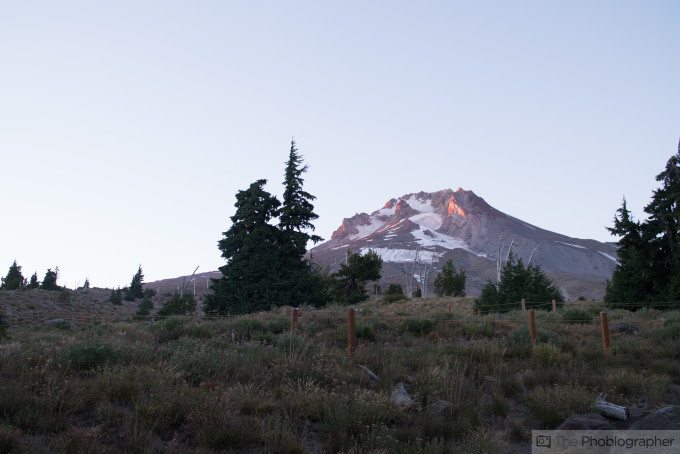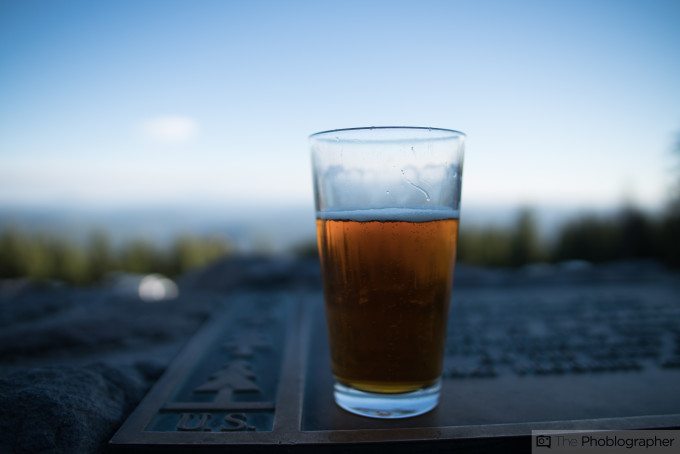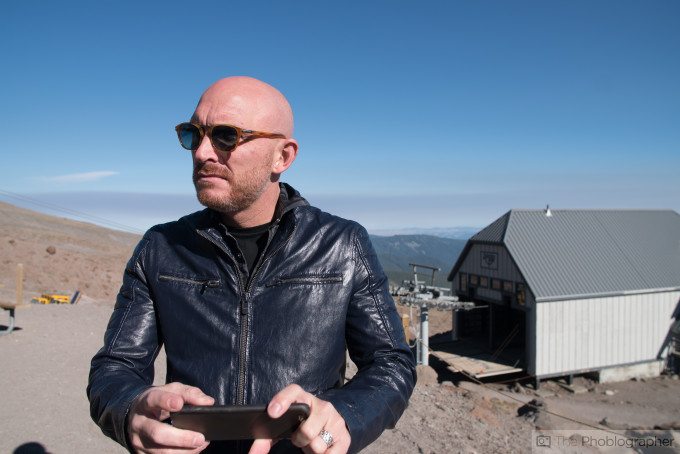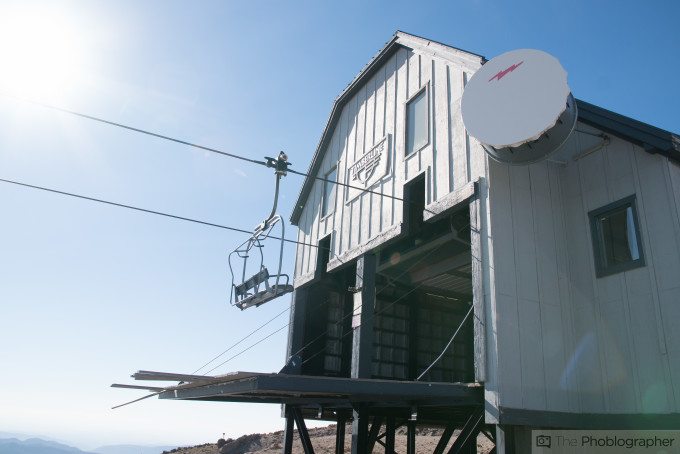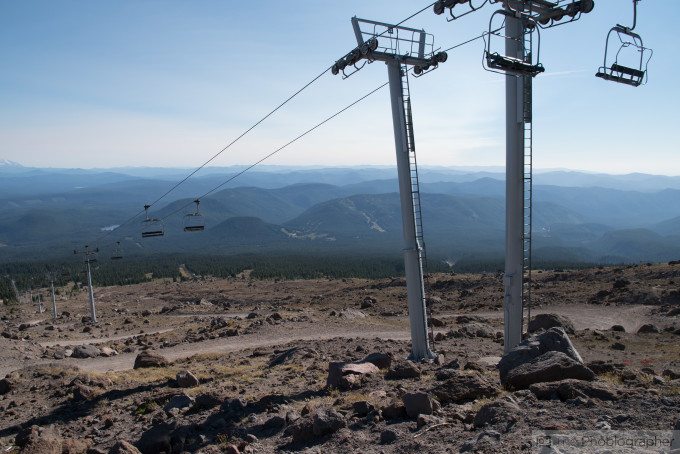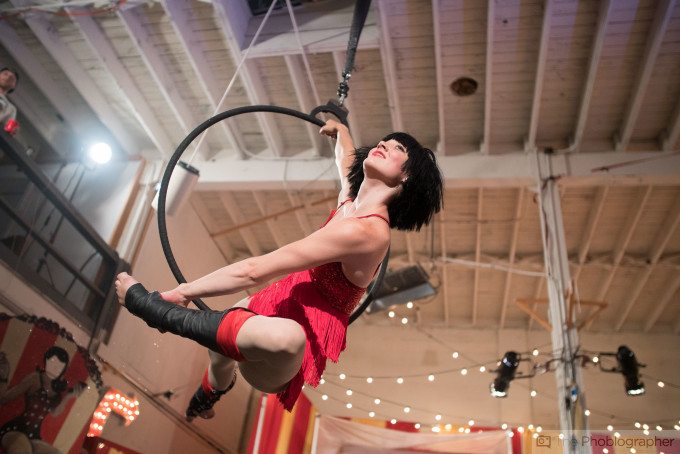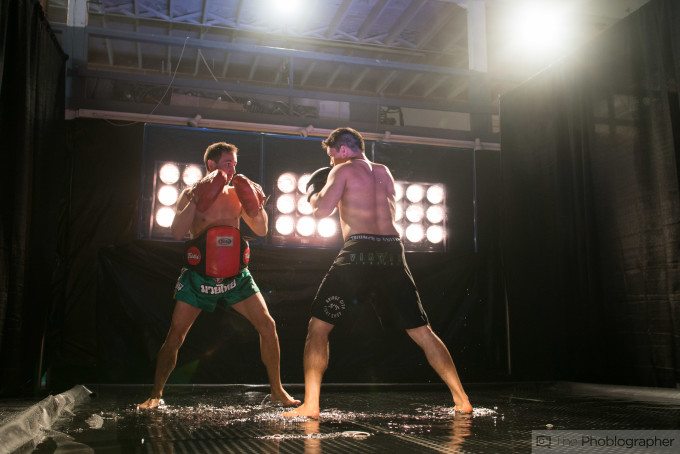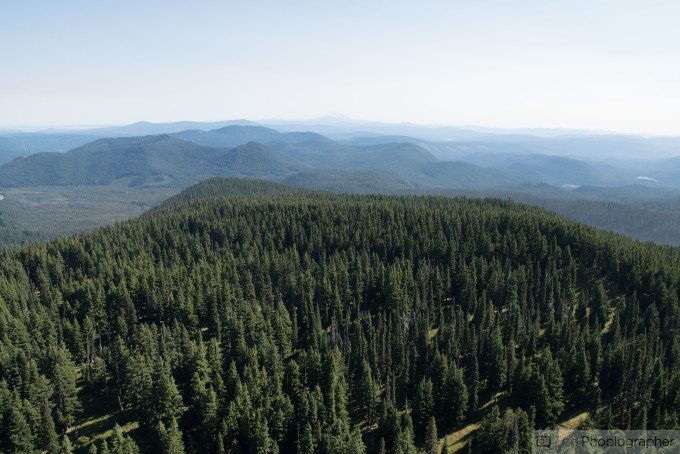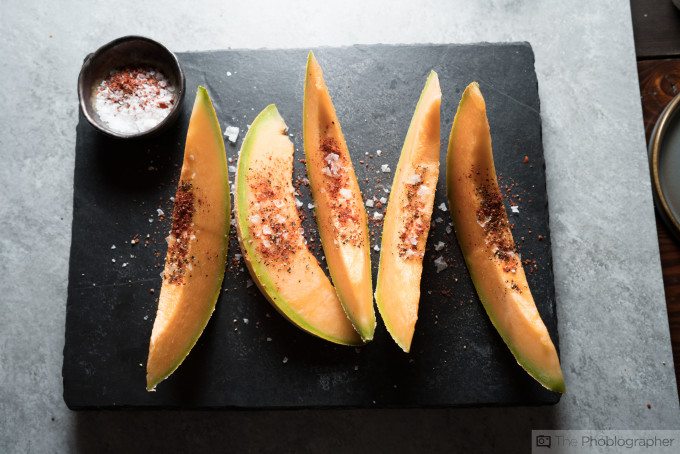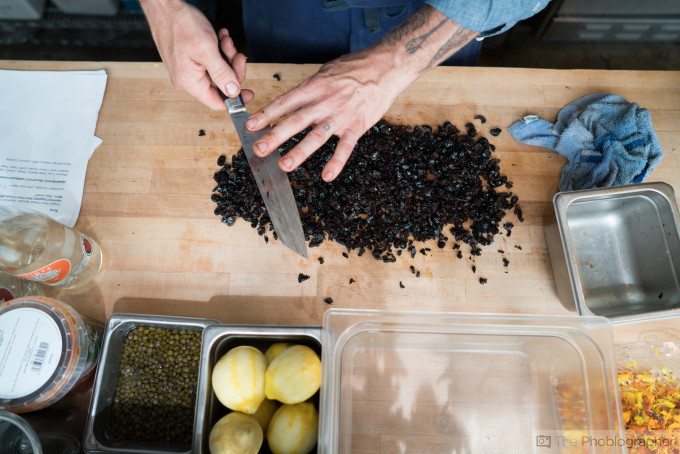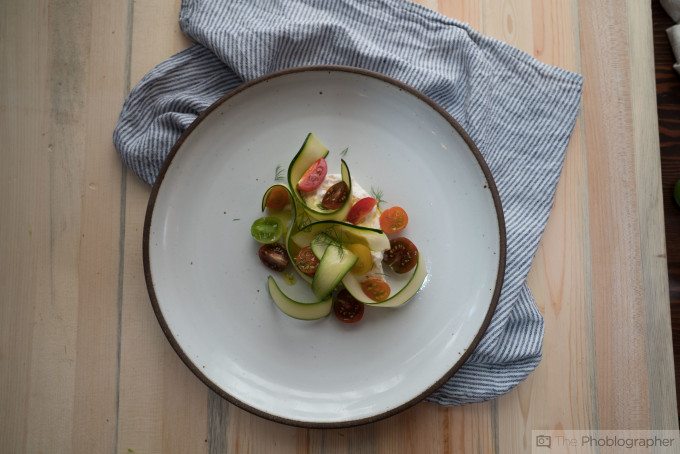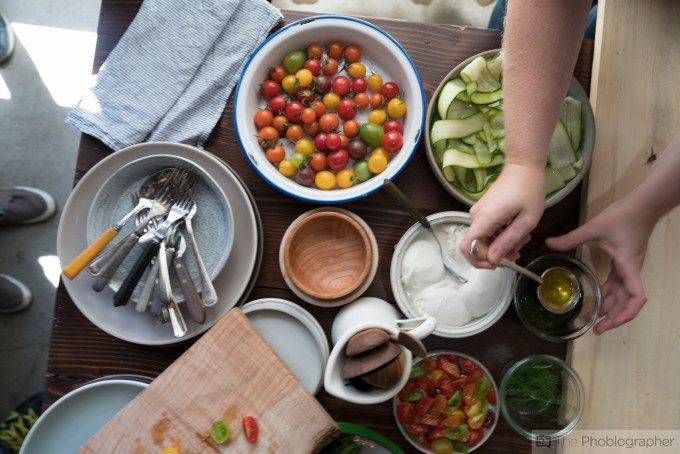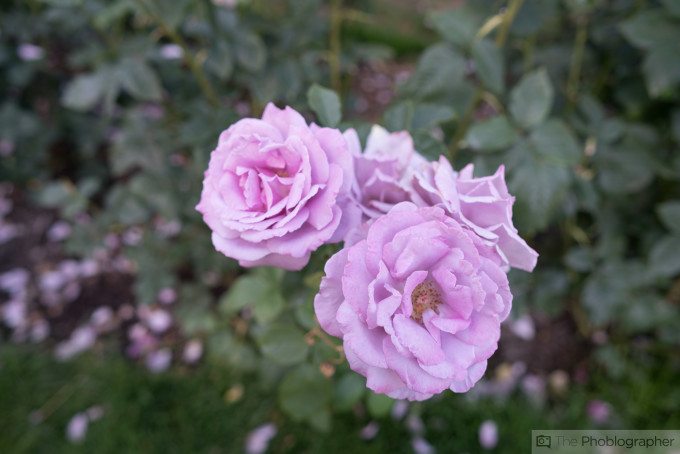Last Updated on 02/03/2020 by Brett Day
The Sony A7r Mk II has to be the most talked about camera on the market right now. Many are giving up their DSLRs for it, and people are raving about how amazing it is and falling in love with photography all over again. When I first got my hands on the camera, I was skeptical, but I had to be. It’s the job of a reviewer to do that and not immediately give in to let their inner fan boy scream and melt all over a camera as if they’d fallen in love with their soul mate. But in many ways, this camera is like a soul mate.
Need more megapixels? Sure, it’s got it. What about better high ISO results? Yup, it’s got that, too. And autofocus, it’s improved quite a bit. Weather sealing? It’s not the best, but it’s there according to Sony’s definition of it. It’s good enough realistically–and to that end, it’s all most people need and much more.
The Sony A7r Mk II boasts a 42MP BSI CMOS full frame sensor along with 399 autofocus points, splash proof/dust proof design incorporation, 5 Axis stabilization, and the ability to shoot at ISO 102,400.
Of course, this all comes at quite the cost.
Pros and Cons

Pros
- The best image quality that I’ve seen from a camera yet
- Surprisingly good high ISO results
- Very good RAW file versatility, but not the best
- Feels great in the hand
- Fastest autofocus of any Sony ILC camera body
- Improved battery life over previous generations
- 4K video is a nice addition
Cons
- Really, really want a direct joystick of some sort to move the focusing points rather than pressing a button and then moving them around.
- That cost…
- Sony could use better weather sealing for a camera body this expensive
Gear Used
We tested the Sony A7r Mk II with the Sigma 24-35mm f2 using a Metabones Speedbooster, 0mm f2.8 OSS, 35mm f2.8, Zeiss Batis 25mm f2, Zeiss Batis 85mm f1.8 and the Flashpoint Zoom Li-Ion flash.
Tech Specs
Specs taken from the B&H Photo listing of the camera.
- 42 MP Full-Frame Exmor R BSI CMOS Sensor
- BIONZ X Image Processor
- Internal UHD 4K Video & S-Log2 Gamma
- 5-Axis SteadyShot INSIDE Stabilization
- 399 Phase-Detect AF Points & 5 fps Burst
- 0.5″ 2.36M-Dot XGA OLED Tru-Finder EVF
- 3.0″ 1,228.8k-Dot Tilting LCD Monitor
- ISO 102,400 and Silent Shutter Mode
- Durable Reduced-Vibration Shutter Design
- Built-In Wi-Fi Connectivity with NFC
Ergonomics
Taken from our first impressions post
The Sony A7R Mk II is very much like the new Sony A7 Mk II, but most of its differences are internal with the exception of the locking mode dial on top. The front of the camera looks very minimalist like many of the company’s other cameras. What you’ll see here is the hand grip, shutter release and lens mount.
Move to the top of the camera and you begin to get a hold of many more controls. We’ve got shutter control, aperture control, exposure compensation, the mode dial, custom function buttons and the hot shoe. The A7r Mk II also has a flipping LCD screen.
The back of the camera is where you’ll find a host of buttons with most of them being on the right side. This is where you’ll control the camera for the most part.
Build Quality
Oddly enough, it hasn’t rained much here in NYC and so we couldn’t take the camera out in the rain to give it a proper showed in a real world situation. However, it surely survived lots of bumps while traveling and commuting on the NYC subway system. At one point, runoff from a water pump splashed it but just a bit. It kept firing, but that’s probably about the maximum that it could resist.
Despite how excellent the autofocus and image quality are, if a customer is paying over $3K for a camera, they’d want weather sealing to the nines, and I don’t believe that it’s too much for a consumer to ask.
What most photographers will really enjoy here though is the significantly quieter shutter when set to the standard mode, the electronic first curtain and then silent shutter. It will be as quiet as you possibly would want it, but at the same time, I prefer the loud clunky shutter that the original A7r had. That camera totally sounded like a medium format camera, and that’s what I’d personally prefer.
To each their own though.
Ease of Use
Much like many of the other A7 cameras, the Sony A7r Mk II has very deep menus with lots of options. Once you learn the Sony logic and reasoning behind their menu system, it will become easier for you though after two years there are still some things that are a bit confusing.
For the most part though, pretty much all you need to access is part of the quick menu system and you can stay out of the jungle otherwise.
Autofocus
The Sony A7r Mk II focuses quicker than all of the other Sony camera bodies and when using an adapted lens designed for a Canon body it can even focus quicker than a Canon DSLR.
Crazy, huh?
Part of this has to do with the 399-point AF system, which even in strongly backlit situations nails the focusing around 90% of the time. Indeed, the Sony A7r Mk II is just as reliable as a DSLR when it comes to focusing situations–and that goes for both single focusing and continuous focusing.
What we’d like to see though is some sort of joystick control in the same way that Canon and Nikon have with their DSLRs to choose the focusing point. The act of pressing a function button and then moving the point is a bit uncomfortable and at this point in the mirrorless camera world–archaic. However, Sony isn’t the only company guilty of this–but the entire industry needs to get with it.
What Sony should be praised for here though is delivering speedy autofocus performance with a full frame sensor and with a mirrorless camera. Everyone else has fast performance but with smaller sensors.
Metering
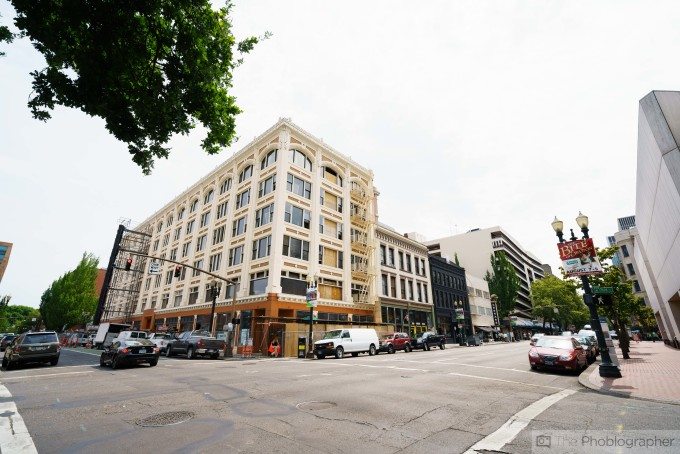
During our tests, I found that the Sony A7r Mk II is spot on in terms of Sunny 16 metering methods. However, when in aperture priority or any other setting, the camera tends to want to underexpose by around 1/3rd of a stop, which is more or less standard with Sony sensors. The sensor in the A99, A7 and A7 Mk II seem to be the only ones that pretty much get the Sunny 16 game down perfectly. Then again, the A7r Mk II has a BSI sensor and maybe there is some sort of compensation going on there.
Image Quality
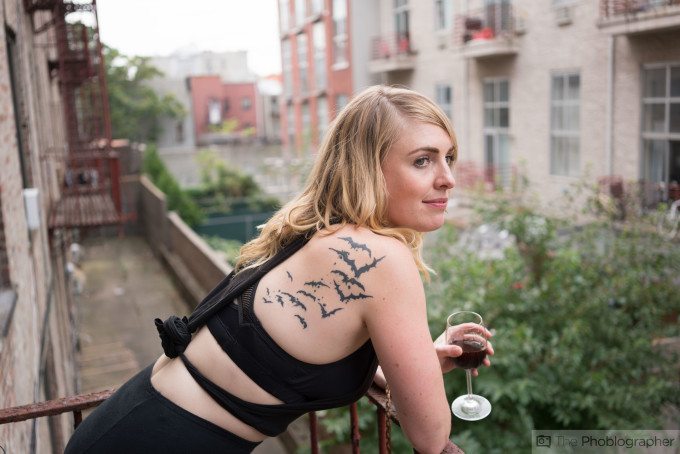
The majority of you reading this review probably skipped past most of what’s been written so far to get right to the point here. So, here’s the truth:
The image quality from the Sony A7r Mk II is incredible. I expected it to perform worse at the high ISOs, but better in the dynamic range. Unfortunately, my dream of getting more information out of the highlights isn’t as close as I’d like it to be. It’s good–and you can still get lots from the highlights, but more would be better.
As far as color depth goes, there is lots of wiggle room. The image above of Bec is a shot from a specific session we did and in that photo we pretty much got the exposure correct the first time. As you’ll see there, much more can be done and for what it’s worth, the sensor output performs best with the Zeiss Batis lenses.
Then there is the high ISO output–and it’s significantly better than I anticipated.
RAW File Versatility
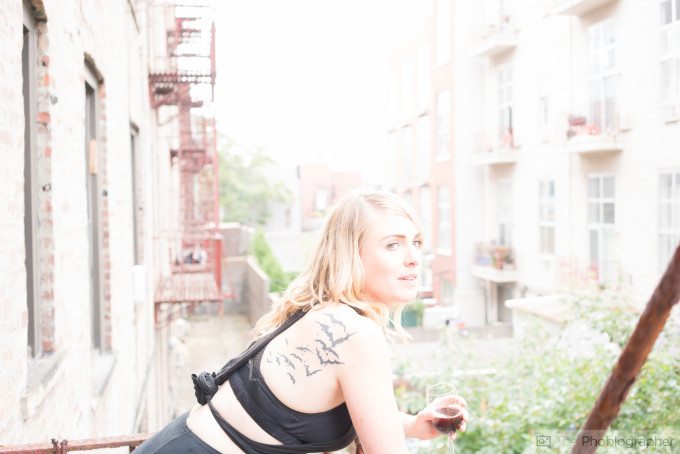
Here’s the original image that I shot of Bec. It’s overexposed quite a bit and I was using this to get my framing and exposure right the first time around.
This is what I was able to salvage from the shot. I would’ve loved to have recovered more details from the sky, but it just wasn’t possible no matter how hard I tried. However, the rest is very usable. By working with specific color channels combined with editing the highlights and shadows individually, we were able to create a very equalized photo.
While I’ve got that small qualm about the highlights in the sky, I was still very much able to get lots of the details back in the buildings.
High ISO Output
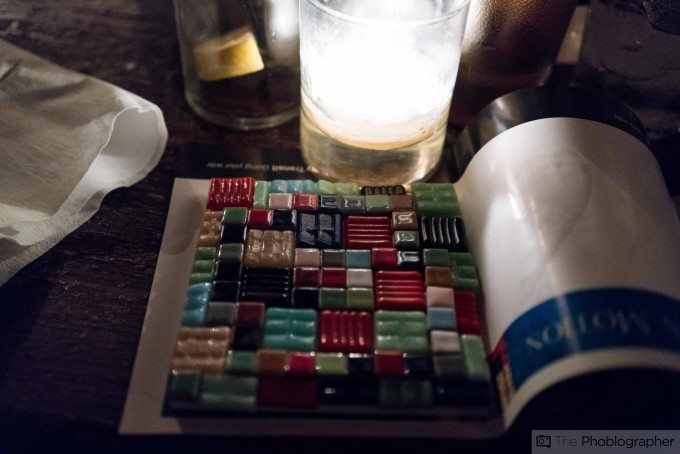
At ISO 12,800 I totally wasn’t expecting the results to be this good. This image isn’t the original–it’s editing for white balance, sharpening and noise reduction. But very little was done and we were still able to get lots of detail from the scene.
Here’s another result at ISO 12,800–not bad at all. Consider the fact that this is a 42MP full frame sensor–I’m amazed that it can do this. While it isn’t the A7s, it’s still very good.
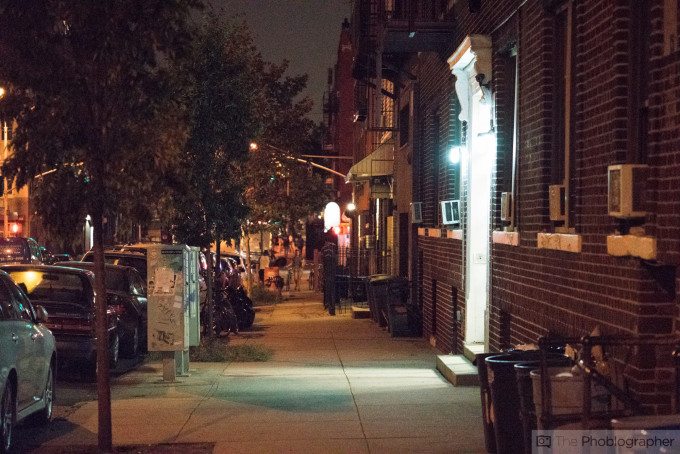
At ISO 102,400 the files are much muddier though I would expect them to be even worse right out of the camera. With some editing they can be fixed and usable on the web.
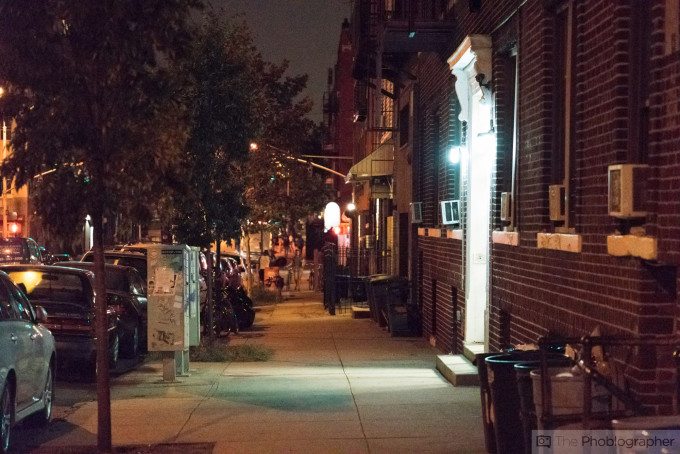
Here is the sample file with some editing and noise reduction applied.
Extra Image Samples
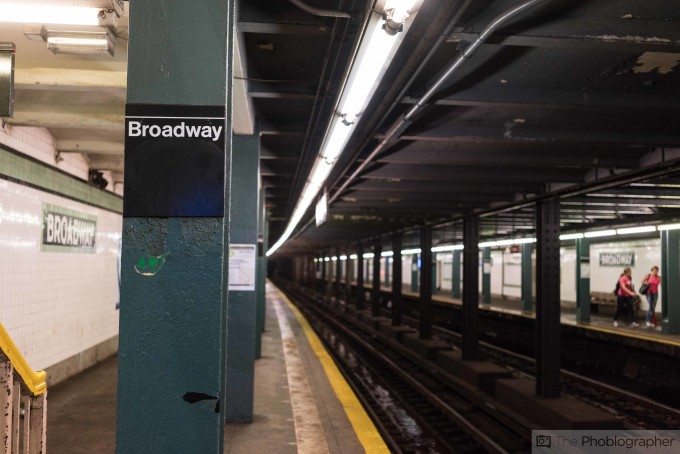

Conclusions
Likes
- Nice feel to the body, though I want something a bit more retro and more dials
- Class leading image quality
- Solid autofocus performance
- Lots of RAW file versatility though I want more
- Excellent high ISO performance
Dislikes
- I want much more weather sealing
- Give me a quicker way to select the AF point
- A tilting screen that tilts all the way down would be very nice
The Sony A7r Mk II deserves absolutely nothing else but the site’s Editor’s Choice rating. It amazed in the high ISO results and even though we expected more with RAW file versatility, it still is rather impressive. When it comes to image quality, it puts the Canon 5Ds to shame. Beyond this, there is the spot on AF system, WiFi/NFC, 4K video, 5 fps, and a great overall experience when it comes to shooting. And again–it puts a DSLR to shame as well as other focusing systems. To be fair, the Micro Four Thirds system is still the fastest, but they’re also using a sensor with a 2x crop factor.
However, the Sony A7r MK II can be improved even more. If the company added legitimate weather sealing, more directional control with AF point selection, and changed the way that the screen flipped it would be the best camera in its class. With that said, the Sony A7r MK II is the closest thing there is to the best camera on the market for those who need it. It may be overkill for many, but for those that need it you’ll be very happy with your purchase.
The Sony A7r Mk II receives five out of five stars and the site’s Editor’s Choice award. Want one? Check out the Amazon listings for the latest prices.
Recommended Lenses and Accessories
Zeiss 25mm f2 Batis: The single best color rendition of any Sony FE mount lens out there comes from this lens.
Zeiss 85mm f1.8 Batis: The best portrait lens you can get your hands on right now for Sony’s FE mount is this one. You won’t look back.
Sony Zeiss 35mm f1.4: Almost as great as Sigma’s 35mm f1.4; seriously one of our favorite lenses.
Sony Zeiss 55mm f1.8: If you’re looking for your 50mm equivalent, this is the best you’re going to get at the price.
Sony 16-35mm f4: Want a wide-angle zoom lens? Look no further (or closer) than this one.


